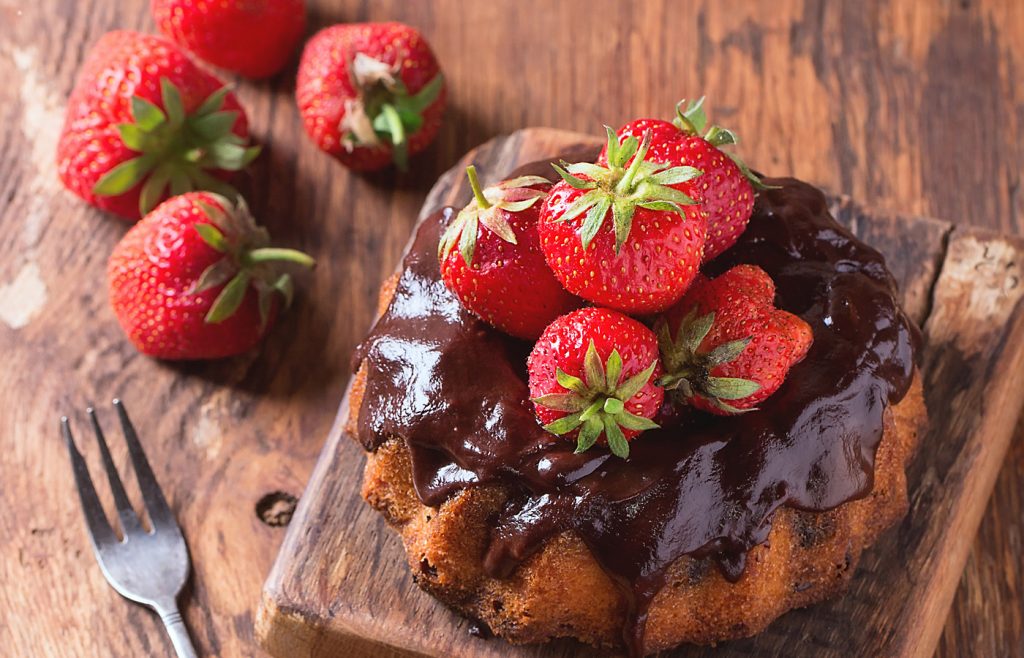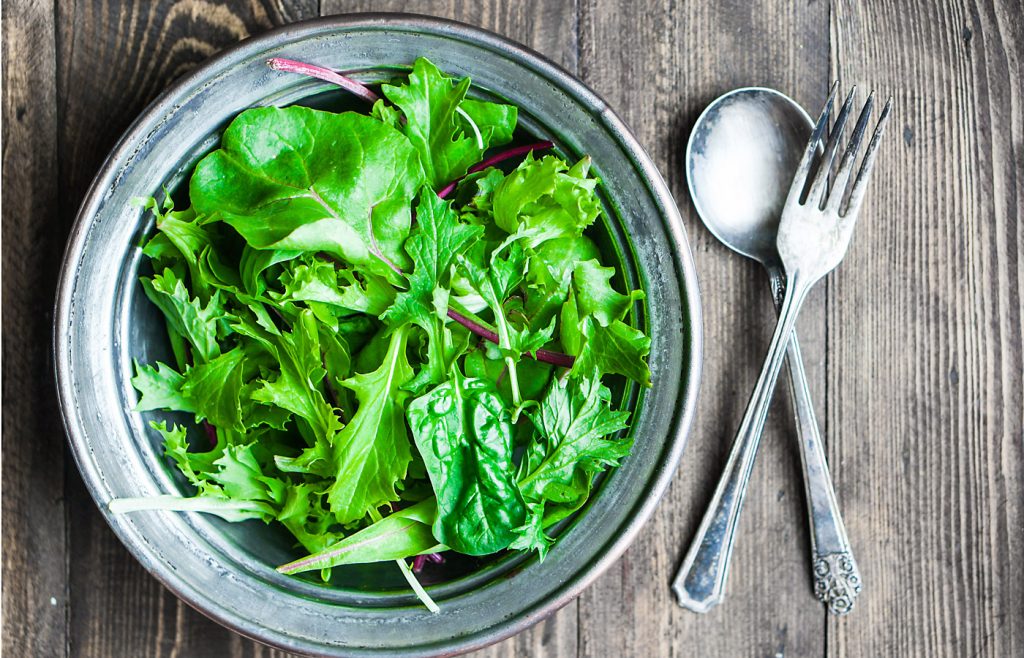
Whether Valentine’s Day is your favorite holiday of the year, or whether you view it as Hallmark’s weapon of choice for world domination, there’s a good chance that at least once in your life, you’ll find yourself wanting to turn up the heat at dinner. Maybe because you’re in the spring of a new romance, or maybe because you’ve been married 30 years. Whatever your timeline, if you’re looking to increase the heat, one reliable place you can turn is the kitchen. It’s a time-honored tradition. People have been using food to get in the mood for thousands of years.
You’ve probably heard, for example, that raw oysters kindle the romantic fire. Oysters are what is known as an aphrodisiac, or a substance that when ingested influences the body’s chemistry in a way that increases its natural libido. Aphrodisiacs don’t improve fertility or fix physical dysfunctions, but they do fan the flames. And they’ve been in use for a long, long time now. In fact, the word aphrodisiac harks back to Aphrodite, the ancient Greek goddess of love.
You may not be a fan of raw oysters or know where to get your hands on some good fresh ones, but that’s okay—you can find plenty of other tasty and accessible aphrodisiacs in your local grocery store. Figs, pomegranates, avocados, and watermelon all contain natural compounds that can get you going. And that’s just naming a few of the more famous aphrodisiac foods.
There are several mechanisms by which a food can modulate desire. Some natural chemicals in food act by influencing your body’s hormone levels. Hormones are special signaling molecules that act as long-distance messengers in the body. Foods that promote higher levels of the steroid hormone testosterone (in both men and women), either by enhancing its synthesis or preventing its breakdown, tend to be well-known aphrodisiac foods. Other purported aphrodisiacs may work by helping to balance the steroid hormones estrogen and progesterone.
When it comes to feeling in the mood, another major factor in the human body is dopamine, a signaling molecule in brain neurons (in other words, a neurotransmitter) that is important to pathways regulating reward-motivated behavior. It’s a feel-good chemical, and many aphrodisiacs work by increasing its levels in your brain. Another chemical found in aphrodisiac foods is the stimulant phenylethylamine, which elevates mood and energy and is found at higher levels in people who are “falling in love.”
In addition to enhancing hormones and neurotransmitters, food can affect your mood by supporting your nervous and circulatory systems. If you’re looking for a good time, you’re going to need responsive nerves and healthy blood flow. Hence a strong libido is a benefit of good diet and exercise (just in case you need one more reason to embrace a healthy lifestyle). More specifically, there are certain natural chemicals in food that act as aphrodisiacs by sensitizing the nerves and getting the blood moving in the moment.
Of course, there are other considerations besides natural aphrodisiac power when it comes to creating a meal made for pleasure. Raw garlic may get the motor running, but it might also throw on the brakes (consider the breath). The key to turning up the heat in the kitchen is to put together a meal that stimulates the senses while pleasing the palate.
Here’s a suggested menu to try.

Arugula Salad with Lemon Basil Vinaigrette, Pine Nuts, and Parmesan
Arugula has been used as a natural aphrodisiac since the first century. This peppery plant peps up your love life basically by being a powerhouse of nutrients, including vitamin E, which support the production of sex hormones. Pine nuts are high in zinc, which has been linked especially to testosterone production. Zinc, by the way, is also found at very high levels in the famously aphrodisiac oyster. Lemon stimulates the liver, the organ that produces, among other hormones, the sex steroids. Olive oil contains healthy polyunsaturated fats that help with blood flow. The mere aroma of basil is said to have an aphrodisiac effect on people. And the Parmesan cheese . . . well, the Parmesan cheese just tastes good!
Spicy Honey-Glazed Salmon with Roasted Asparagus
Salmon, as you’ve probably heard by now, is rich in omega-3 fatty acids, which contributes to blood flow by keeping your arteries healthy and your heart pumping. Omega-3 fatty acids also help provide building blocks for making testosterone, estrogen, and progesterone. Honey, a historic aphrodisiac, contains boron, which helps regulate estrogen and testosterone levels. (The word honeymoon actually comes from the old practice of giving mead, which is made from honey, to a new bride and groom.) Cayenne adds natural heat to your life through capsaicin (the chemical that makes your mouth feel hot), which stimulates blood flow, releases endorphins (feel-good molecules), and stimulates the nerve endings on the tongue. Asparagus is high in vitamin E, which can increase blood flow, and in potassium, which is linked to sex hormone production.
Strawberries and Bananas Dipped in Melted Dark Chocolate
Dark chocolate and strawberries are classic aphrodisiacs. Dark chocolate releases dopamine and also contains phenylethylamine. Strawberries are high in vitamin C, which is important for the production of steroid hormones such as testosterone and neurotransmitters such as dopamine. Bananas contain bromelain, an enzyme that triggers testosterone, and potassium, which is also linked to sex hormone synthesis. Plus the vitamin B in bananas helps you keep up your energy.
And to Drink . . .
Coffee is said to be an aphrodisiac by virtue of its caffeine, which gives you energy and gets your blood going. But there’s also the potential for coffee breath. Water with lemon will keep you hydrated and your liver healthy. Red wine is said to be the best alcoholic drink for putting both men and women in the mood. Alcohol in general (in moderation only!) relaxes the mind and gets the blood flowing. Red wine also contains useful antioxidants and seems to increase levels of testosterone in the blood by slowing an enzyme responsible for breaking it down in the body.
They say that if you can’t stand the heat, you should get out of the kitchen. But if you do like the heat, then the kitchen is your friend!
